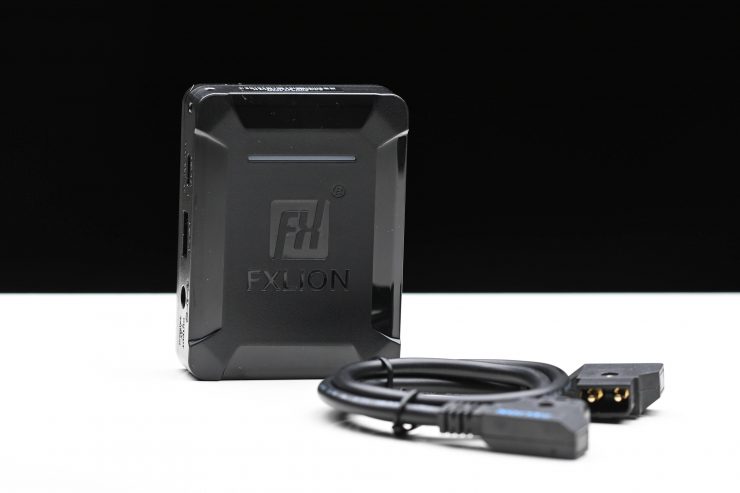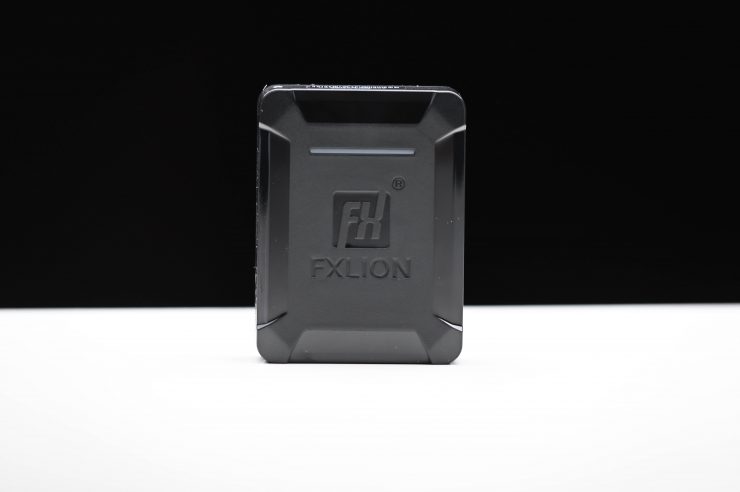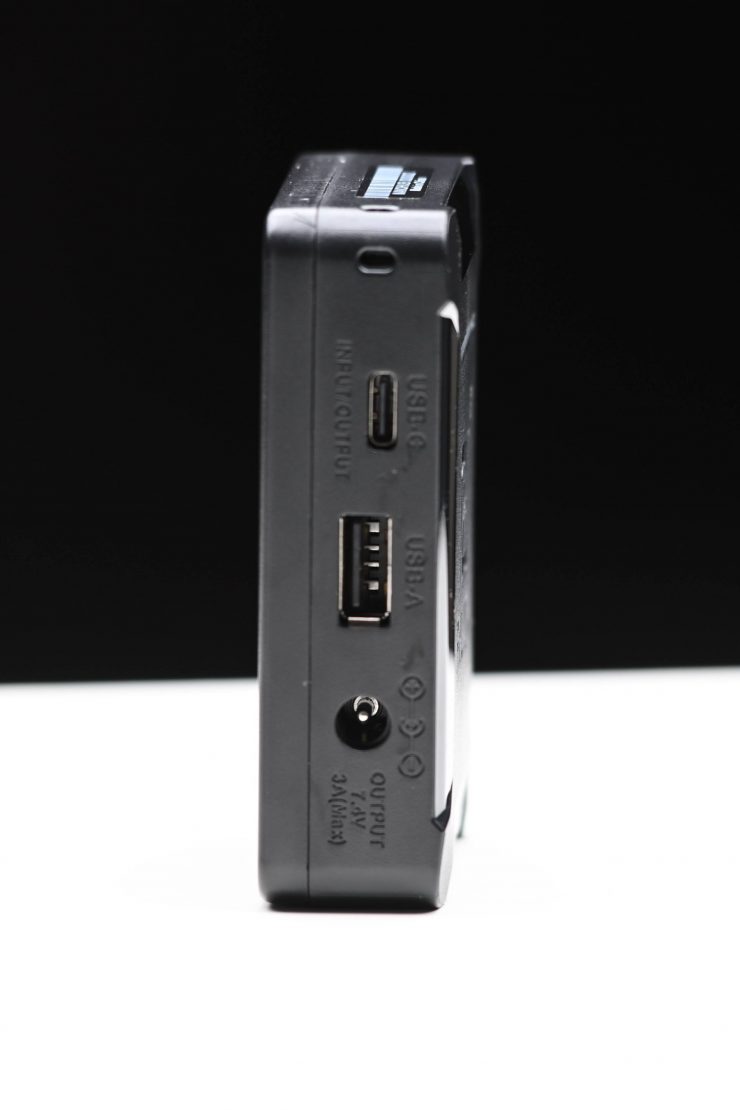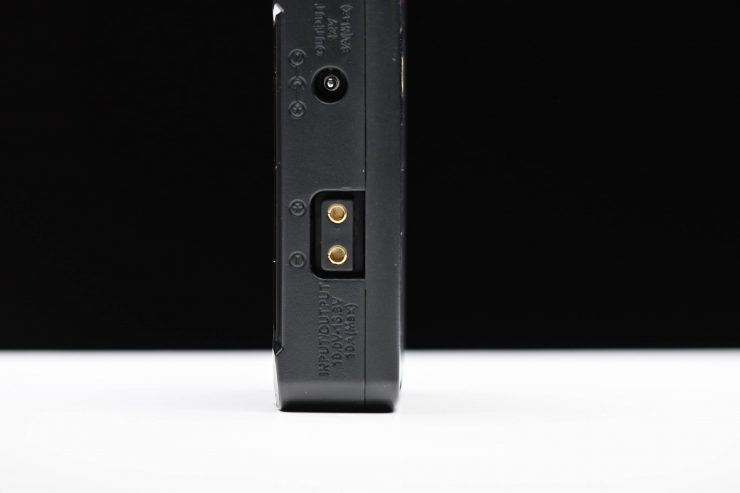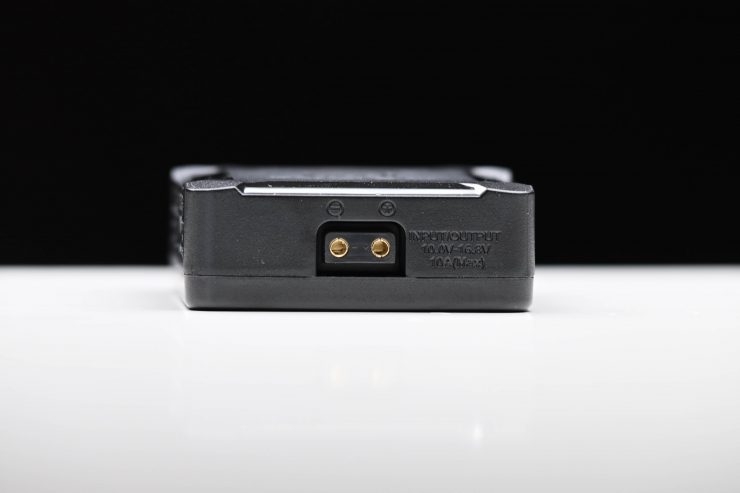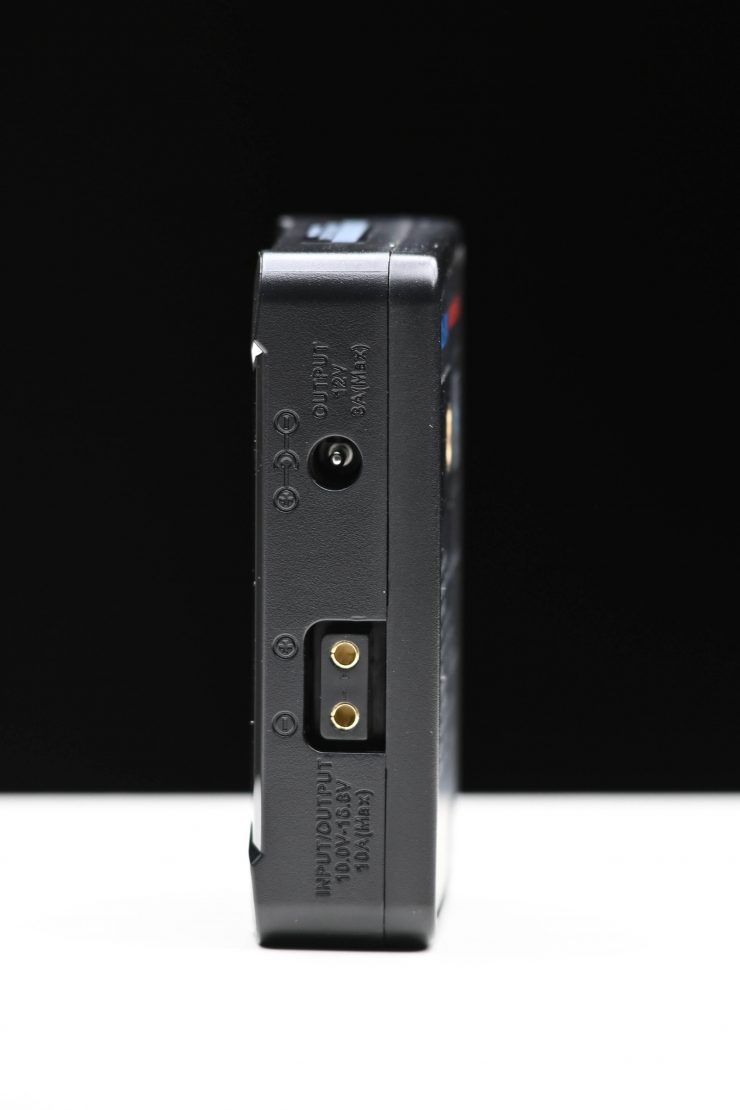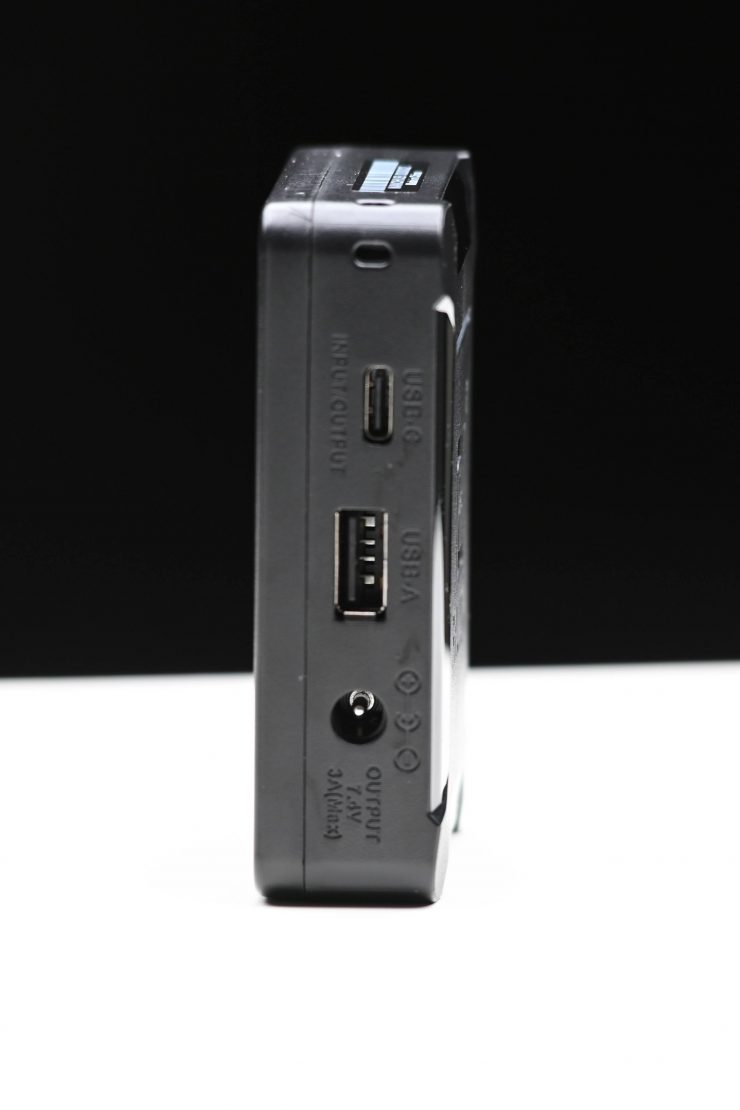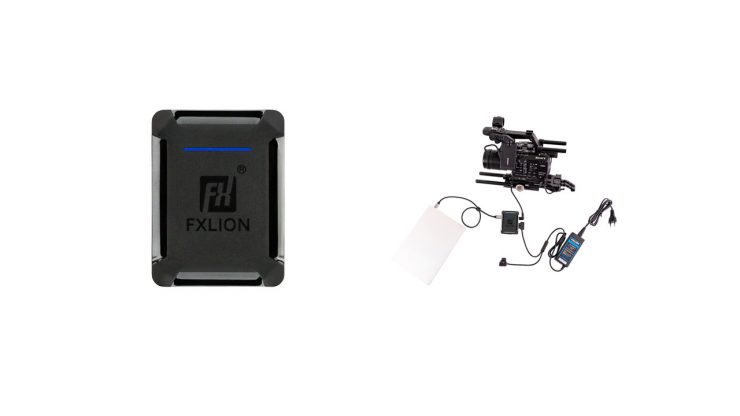
FXLion recently released the NANOHUB, a Multi-Voltage DC Input/Output Power HUB. I thought I would have a closer look at it to see how it performs.
What is it?
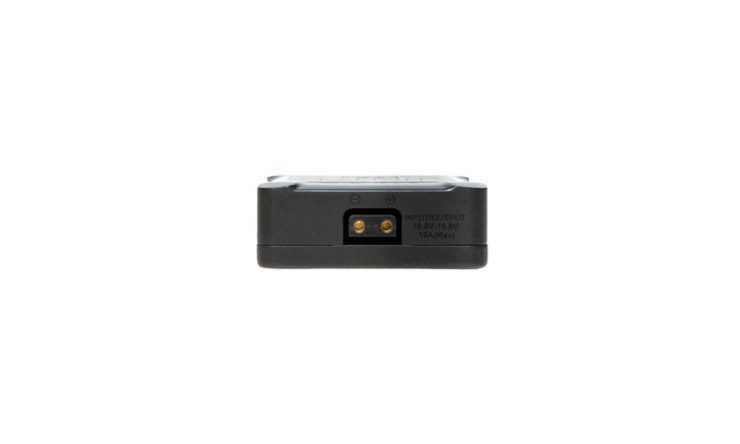
D-Tap In/Out 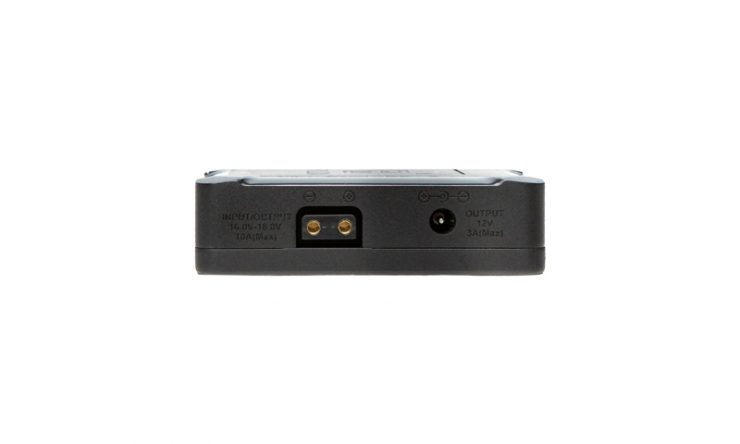
D-Tap In/Out, 12V DC Barrel Out 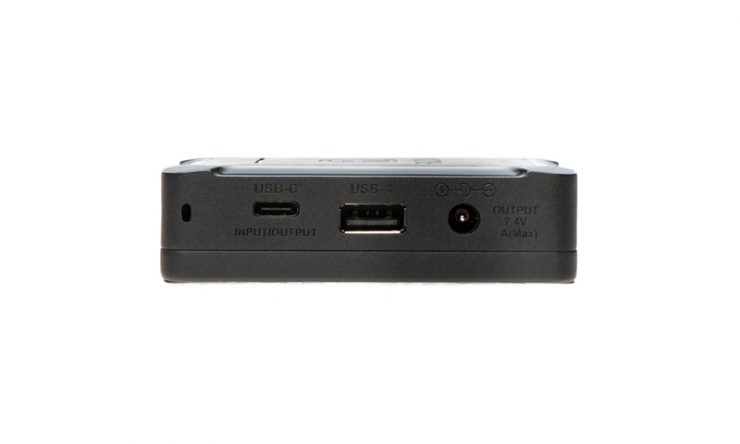
USB-C In & Out, USB-A Out, 7.8V DC Barrel Out 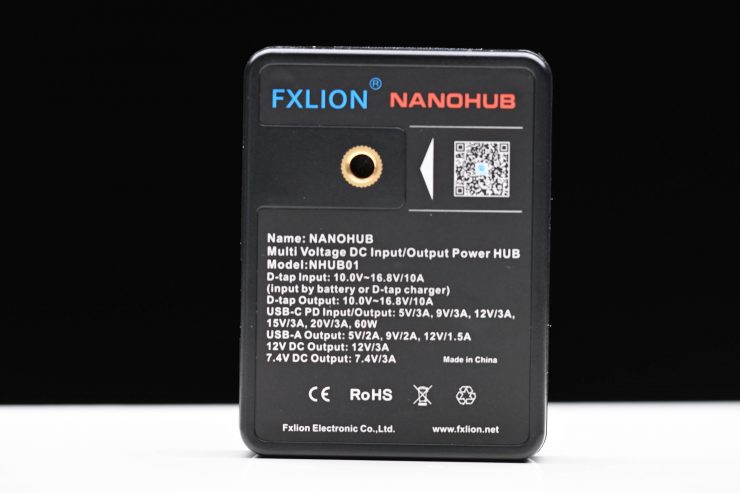
1/4-20″ Thread for mounting
The NANOHUB is a power distribution box with various connections & voltage outputs that lets you power multiple devices from a single power source.
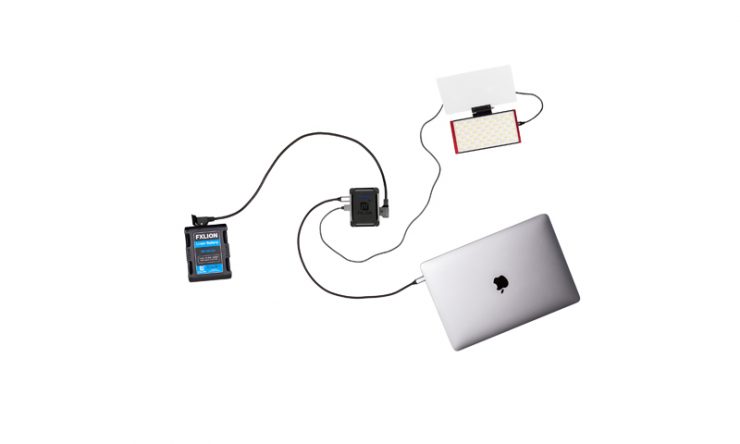
Example Setup 1 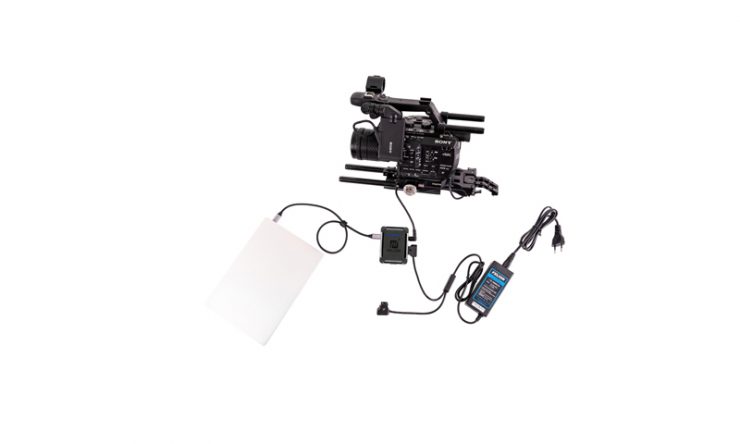
Example Setup 2
This is handy as you don’t have to use multiple batteries for multiple devices. However, because it is an additional interface that has to go between a power source and whatever you are powering it won’t be suitable or practical to use in some situations.
Key features
- 14.8V/12V/7.4V/5.0V multi voltages
- Can be used to power popular cellphones/laptop/tablet/DSLR camera/DV camera/professional camera/LED lights
- Input power could be 14.8V battery/Professional D-tap charger/USB-C charger or adapter
- You can use 14.8V battery or D-tap charger as input and have 14.8V/12V/7.4V/USB-A /USB-C outputs working at the same time.
- You can use the USB-C adapter as input and have the 14.8V/12V/7.4V/USB-A outputs working at the same time.
- 12VDC output to power 12V constant input equipment
- 7.4Vφ2.1 output for DV camera/DSLR camera/LED lights.
- USB-C output with built-in PD fast charge protocols. Can provide 60W max power, for powering a MacBook
- USB-A support QC3.0 fast charge protocols, for cellphones and devices using USB-A power input
- D-tap output is battery voltage, compatible with all 14.8V power devices
- The adapter is designed with a 1/4 screw hole, by using a standard hot-shoe, it can be fixed in any position of the equipment support system.
What do you get?
You just get the NANOHUB, an instruction manual, and a D-tap to D-tap cable. It would have been nice to have seen FXLION give you a cold shoe to 1/4-20″ mount for attaching the NANOHUB to a camera.
Build Quality
There is nothing particularly special about the build quality of the NANOHUB. It has been designed to be lightweight and compact.
It made out of hard plastic. I weighed the NANOHUB at 105g (3.7oz).
Power
When it is powered via a 16.8V battery or D-tap charger, the NANOHUB provides a number of output ports to power multiple devices at the same time.
The device is more useful for smaller sized camera packages or cameras that don’t have a lot of power outputs.
Here are all of the available outputs:
- D-tap Input:10.0V~16.8V/10A(Input by battery or D-tap charger)
- D-tap Output: 10.0V~16.8V/10A(Max)
- USB-C PD Input/Output: 5V/3A,9V/3A,12V/3A,15V/3A,20V/3A,60W(Max)
- USB-A Output: 5V/2A,9V/2A,12V/1.5A
- 12V DC Output: 12V/3A(Max)
- 7.4V DC Output: 7.4V/3A(Max)
Mounting
There aren’t many options when it comes to mounting. There is only a single 1/4-20″ on the back of the NANOHUB. In a lot of ways, I would have preferred to have seen a version with integrated v-mount plates so you could place the NANOHUB between your camera and a NANO ONE or NANO TWO mini v-lock battery.
Spaghetti cabling?
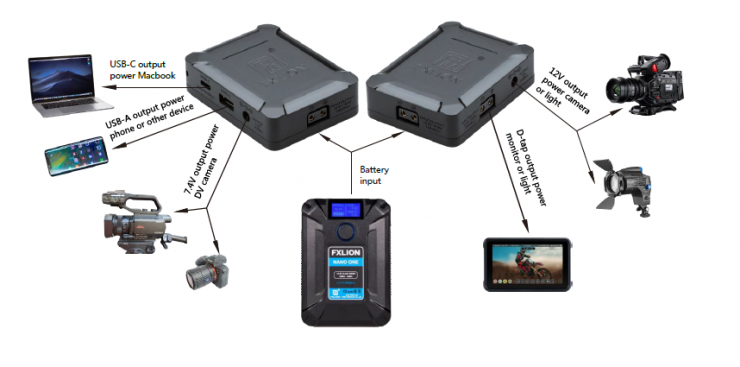
Depending on your setup, it can become a bit of a cable nest though. Being tethered to a central point can also limit the placement of devices like an LED light so you need to take this into consideration before purchasing.
Real World Use
The NANOHUB certainly works as advertised, but it is a little bit of a niche product that isn’t the easiest to mount on a smaller mirrorless or DSLR camera, especially if you are also trying to mount other accessories.
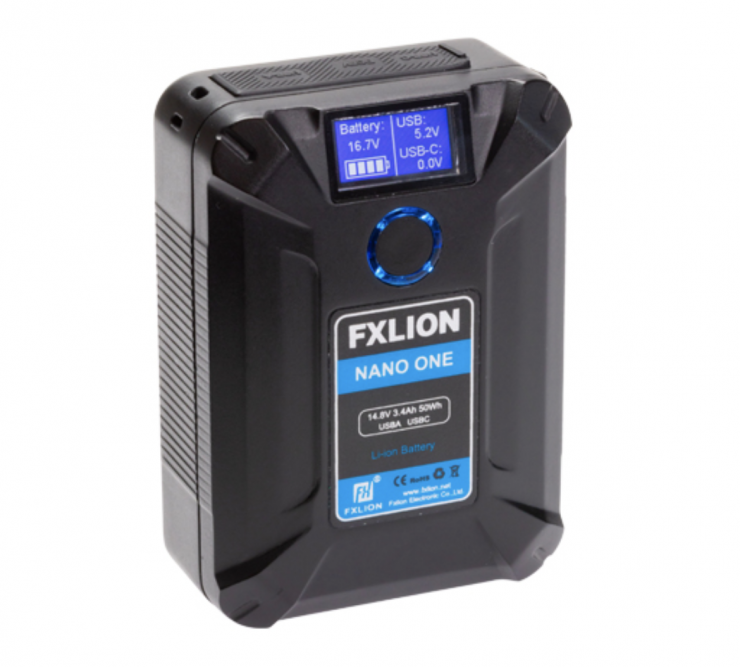
What I kept asking myself is there really isn’t a huge difference between buying the NANOHUB or just purchasing an FXLION NANO ONE battery. The NANO ONE battery also gives you the following outputs:
- 14.8V 50wh
- D-tap Output: 14.8V
- USB A Output: 5V/2.4A, 9V/2A, 12V/1.5A
- USB C Output/Input: 5V/3A, 9V/2A, 12V/2A, 15V/2A, 15V/2A, 20V/2.2A
- Micro USB Input: 5V/3A
The only things the NANO ONE is missing is 12V and 7.4V DC outputs and an additional D-tap.
The NANO ONE retails for $179 USD, so it is only $34 USD more than the NANOHUB.
As the NANOHUB needs to be powered through a D-tap source or a USB-C PD Input it does have its limitations.
Price & Availability
The NANOHUB is shipping now and retails for USD $145.
Conclusion
Look, the NANOHUB works, but I honestly found it to be a pretty niche product. The fact that you pretty much need something like a D-tap battery to power it remotely in the field just kept leading me back to asking we’ll why not just by a NANO ONE or NANO TWO battery instead? With a small camera, you could attach a mini V-lock plate (FXLION makes quite a few) to a camera cage and then attach a NANO ONE battery. That way you get two D-tap outlets (one on the battery and one on the plate) as well as USB, and USB-C outputs. All you are not getting is the 12V DC Output: 12V/3A(Max)
and 7.4V DC Output: 7.4V/3A(Max).
The NANOHUB will work for some people and some applications, but you need to factor what exactly they are and if you need a product like this before purchasing.
Like what we do and want to support Newsshooter? Consider becoming a Patreon supporter and help us to continue being the best source of news and reviews for professional tools for the independent filmmaker.

